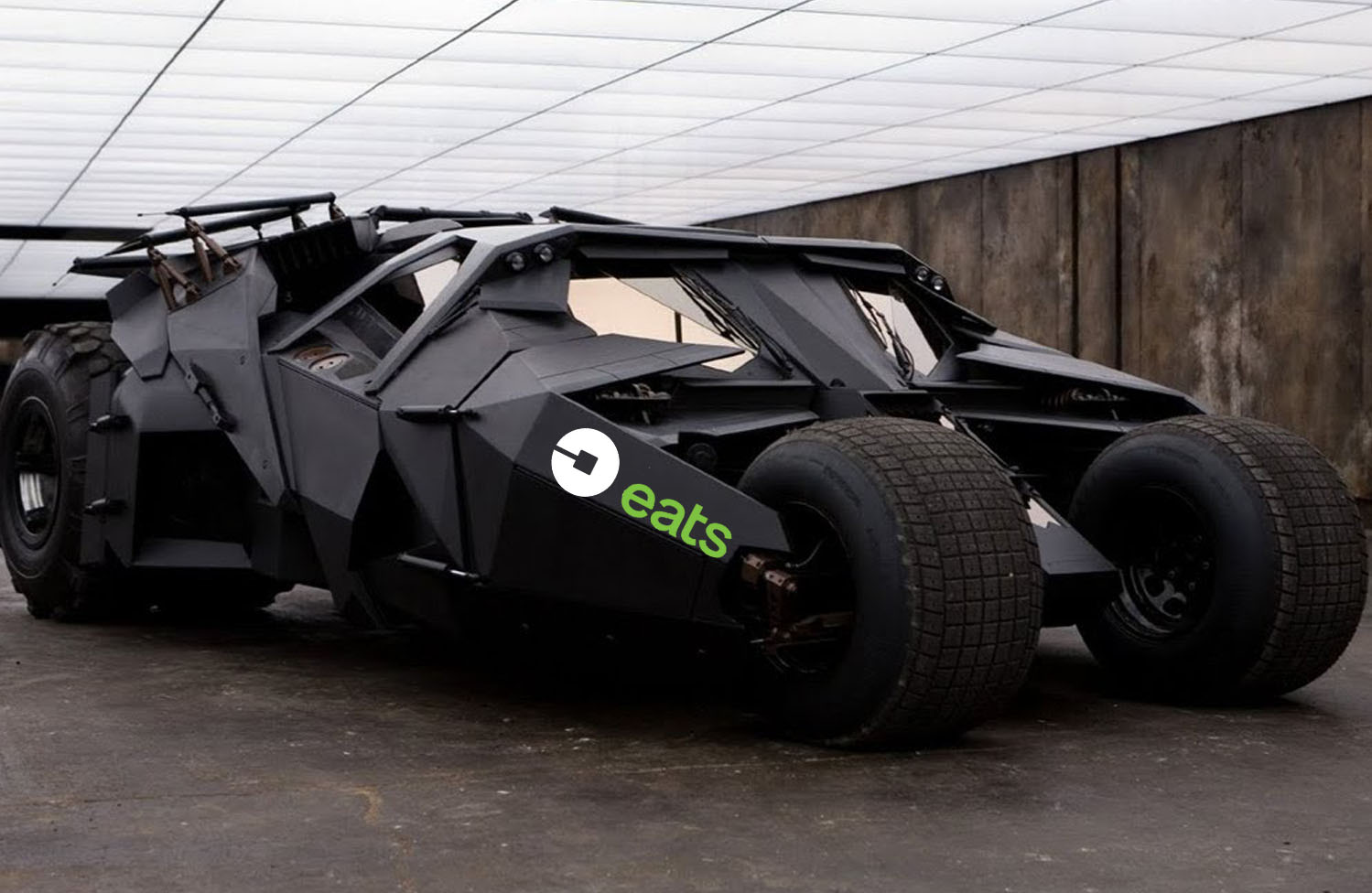So, What’ Going On?
It’s late, you’ve had a long night of partying with friends and enjoying adult beverages, and, man, are you starving. You could eat that leftover pad see ew in the fridge but, let’s be honest, we both know you don’t want to satisfy your late-night drunchies with three-day-old Thai food. Then, an idea hits you like green curry to the digestive system, order food through one of the many food-delivery apps on the market. Within minutes, you’ve placed your order, and in no time at all, your fresh plate of veggie spring rolls will be at your door.
Whether its Thai food, cheeseburgers, or gyros, the restaurant and grocery delivery startup industry is blowing up, and investors have an insatiable hunger for these companies. Over the course of the last year, Venture-capital firms have invested over $4 billion in food and grocery delivery companies, more than triple their overall investments for 2017, according to the Wall Street Journal.
Just last week, Instacart Inc., the on-demand grocery startup, grabbed a $600 million investment off the shelf after a lucrative round of funding led by hedge fund D1 Capital Partners. The new investment brings Instacart’s funding in 2018 to a grand total of $950 million, valuing the company at just under $7.6 billion. Instacart’s CEO Apoorva Mehta responded by saying the funding was “entirely opportunistic.” Mehta also touched on the reality that how we shop for groceries is changing before our eyes. He explained that back in the day, everyone wondered “if people will buy groceries online,” but now it’s less an if, but more “a when.”
Investment Opportunities & Sandwiches Delivered In Minutes
You’re far too hungry to order groceries and go through the works of preparing a meal. No worries, food delivery apps like UberEats, DoorDash, and Postmates have got you covered. Uber Technologies, Inc, on the heels of a massive IPO, is raring up to be a powerhouse for FY 2019 and wants investors to know that the company is so much more than a ride-hailing business.
From self-driving cars to electric scooters, Uber is an unstoppable force, but the company’s food delivery app, UberEats, has become one of the most used meal-delivery services in the U.S. On Tuesday, Dara Khosrowshahi, CEO of Uber Technologies, Inc., accounted that the company plans on making UberEats available to 70% of the country’s population by 2019, increasing the current significant presence of 50%.
UberEats holds about 20% of the market, while GrubHub (GRUB), and its subsidiaries Seamless and Eat24, has about 52%. Just last week, Postmates, another prominent delivery app in the market, announced that it will extend its delivery service to 134 more cities, bringing the total number of cities served to 550, which covers about 60% of the United States. According to a Fortune report, the on-demand delivery start-up raised $300 million in venture funding, raising the company’s valuation to $1.2 billion.
“We didn’t have plans to raise additional capital. Tiger Global approached us and said its time to put some more gas in this machine. So we diced to show everyone that we could do if we invest a bit more heavily in growth.”
–Bastian Lehman, CEO Postmates
Food industry executives and investors alike are expecting the food delivery business to explode as people seek out easier ways to eat and have food delivered. In fact, many restaurants that would otherwise require a person to call in to place a delivery order, now use delivery services like GrubHub (GRUB) and Doordash. Some investors are concerned with the rush of excitement over these companies, given that similar attention was given to meal-kit companies like Blue Apron Holdings. In 2017, when Blue Apron debuted its “ready-to-cook” food subscription service, shares were trading at $10 per, but as of Tuesday, the shares are worth just over $1.18 per unit. While some investors are wary of the hype surrounding companies like UberEats and DoorDash, the market is still very hungry for the opportunities each company presents.
Closing Thoughts
The opportunity for food and grocery delivery is absolutely enormous. As people become increasingly more dependent on technology to remedy their lethargy, on-demand delivery of any product, especially food, becomes all the more attractive. Restaurants no longer need to pay for a dedicated delivery person, because apps like UberEats utilize drivers already working for the company to assist in food delivery.
Since the dawning of Chinese food and pizza’s availability for delivery, consumers have taken advantage of the easement from ordering food. Food delivery has become a part of our food culture. Family movie night would be incomplete without a Dominoes pizza, and Jews around the country would go hungry without Chinese delivery on Christmas Eve. As we shift our focus to online food ordering and on-demand options provided by smartphone apps, the future of food delivery promises to deliver more employment opportunities, accessible food for consumers, as well as potential investments for the market.





